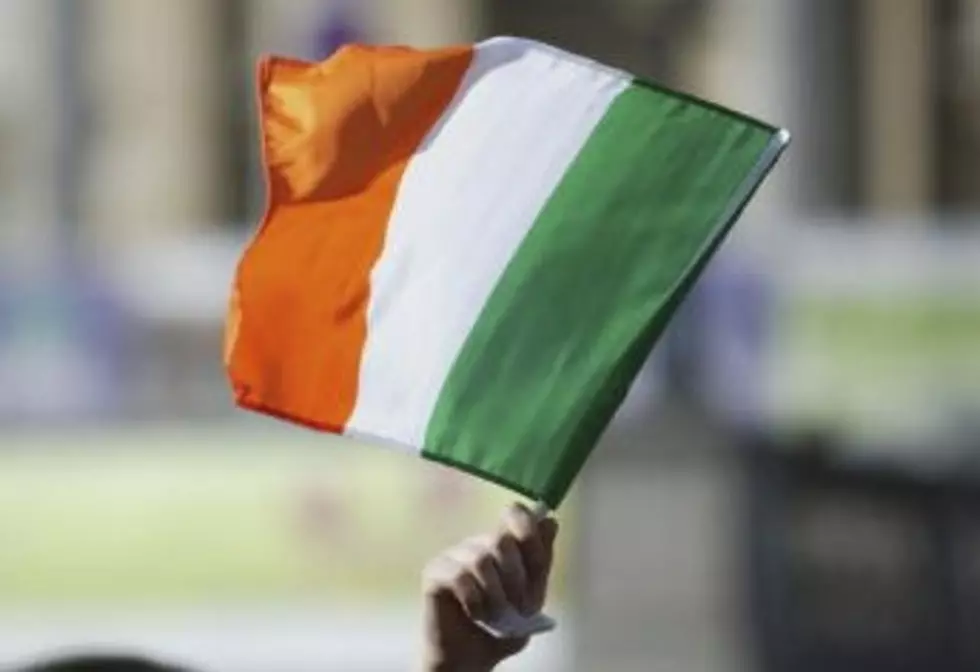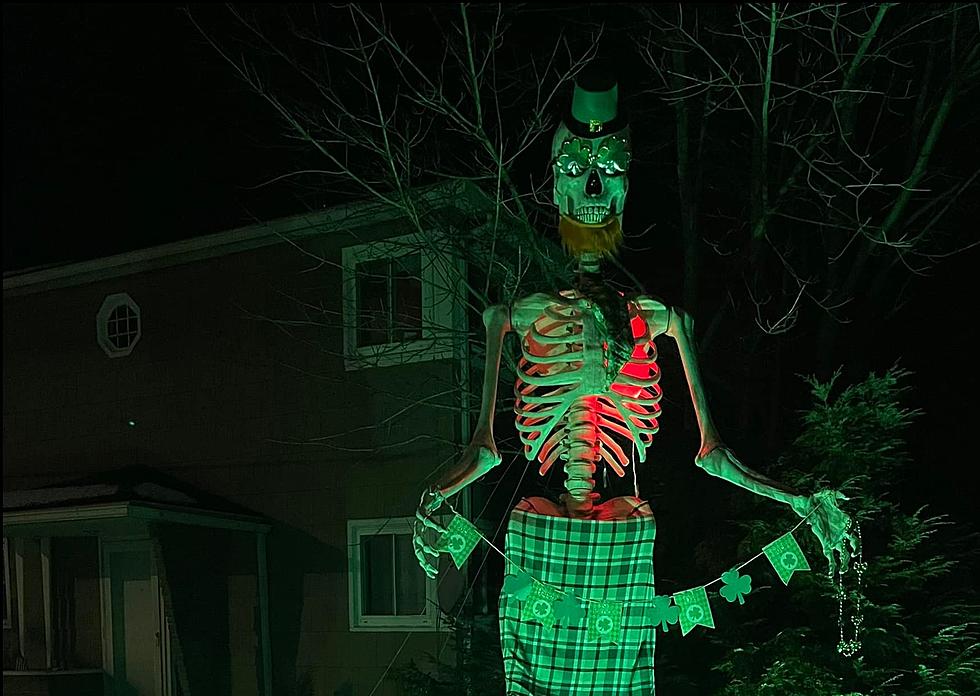
Ireland’s Flag- What the Colors Represent
My family name on my maternal grandmother's side is 'Minogue' and we come from O'Callaghans Mills, County Clare, Ireland. I've heard a lot of fascinating stories about my ancestors, but this one remains one of my favorites because it explains where I get my stubborn nature- while she lived in her father's home, my grandma was absolutely was forbidden to wear green.
I guess I should explain why Carloss Minogue, my great-grandfather, forbid the color green in his home or on the bodies of his children. It all stemmed from deep-rooted religious tensions. See, my great-great-grandfather, Michael T. Minogue, came from a very loyal Irish Catholic family and when he decided to abandon the Catholic faith and become Protestant, his family wanted nothing to do with him. They literally outcast him as well as those who were his flesh and blood.
It appears that Michael's hurt from being ostracized trickled down to my great-grandfather and as the head of his household, Carloss put his foot down and forbid his three children, all daughters, to wear green in any capacity while they lived under his roof. The reason for banning the wearing of green is because the green color in the Irish flag represents the Catholic faith and my great-grandfather was very bitter about being shunned from the rest of his family because of his father's religious decision.
If you take a look at the Irish flag, you'll see that there are three colors. The orange color in the flag represents Irish Protestants, the green represents Irish Catholics as well as the Republican cause, and the white in the flag represents the hope for peace between Catholics and Protestants.
If you're like most people, you probably associate Catholicism with Ireland, but as of March 2011, there are more Protestants in the country (something I bet my ancestors never imagined would happen). According to the University of Ulster/Conflict, the March 2011 census there were 817,385 Catholics and 875,717 Protestants in the country. Clearly, the gap is exceptionally narrow with a difference of just under 60,000 more Protestants in Ireland than there are Catholics.
Getting back to the flag of Ireland, the color orange in the flag represents William of Orange, the King of England, Scotland, and of Ireland who defeated King James II, a Roman Catholic, in the Battle of the Boyne which took place near Dublin in 1690. William's battle victory is what secured Protestant dominance over the island.
Green is the color that represents the Irish Catholic nationalists of the south and while the color has a small amount to do with shamrocks and lush landscape, green also symbolizes revolution. An earlier version, the unofficial Irish flag (you've probably seen it, it's a gold harp on a green background) is what Ireland used from 1798 until the early twentieth century as a symbol of nationalism.
According to History Ireland, the green, white, and orange flag was first shown to the public on March 7, 1848, by the militant nationalist Thomas Francis Meagher. People wanted to know why the colors of their flag were changed, and Thomas explained:
The white in the center signifies a lasting truce between the "Orange" and the "Green," and I trust that beneath its folds the hands of the Irish Protestant and the Irish Catholic may be clasped in generous and heroic brotherhood."
More From KISS 104.1



![[GALLERY] 7 Signs That Spring Is About To Arrive In The Binghamton Area](http://townsquare.media/site/497/files/2022/02/attachment-ray-hennessy-MH_psben7HE-unsplash.jpg?w=980&q=75)
![The 20 Best Irish Movies To Watch on St. Patrick’s Day [GALLERY]](http://townsquare.media/site/498/files/2021/03/alex-litvin-MAYsdoYpGuk-unsplash.jpg?w=980&q=75)


![First Time Back in Church Since COVID-19 [GALLERY]](http://townsquare.media/site/497/files/2020/06/OLGC-Church-13.jpg?w=980&q=75)
![This Easter Version of Leonard Cohen’s ‘Hallelujah’ Will Leave You With Chills [LISTEN]](http://townsquare.media/site/498/files/2018/03/GettyImages-928191614.jpg?w=980&q=75)
